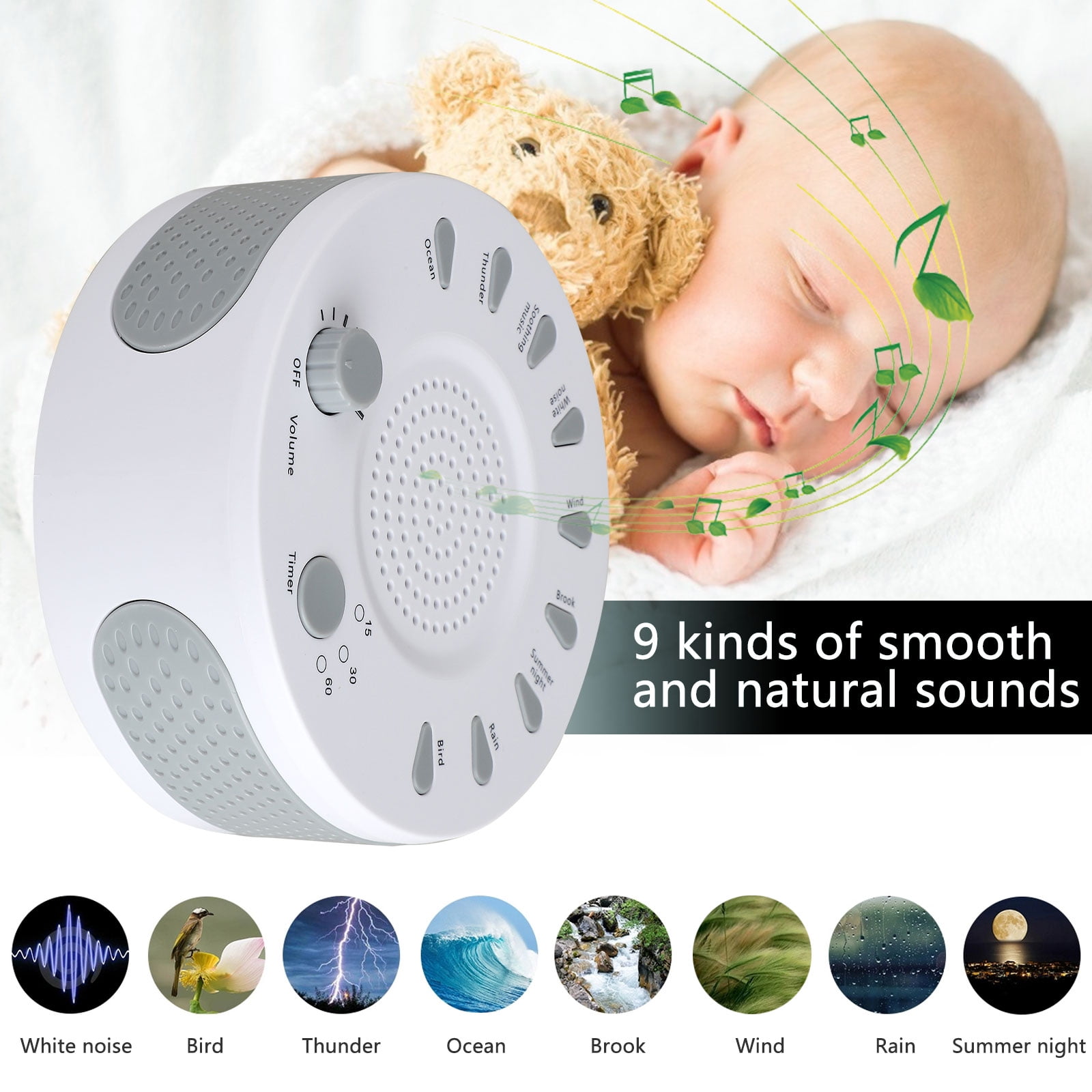
- #White noise machine baby crying how to
- #White noise machine baby crying trial
- #White noise machine baby crying plus
Plenty of older kids and adults sleep better with it, too. Others continue to use it until their child is 3 - 4 years old and is able to decide for themselves if they want it playing while they sleep. Some people aim to stop using white noise by the time their child is 2 years old. Instead, when to stop using white noise for baby is a decision left up to caregivers, or in some cases, the child. There aren't any definite time limits on how long you should use white noise to help your child sleep. White noise can really make a difference in how well your little one sleeps, especially if they struggle to stay asleep for more than 30 minutes. It's never too early to start using white noise to help your baby sleep through the night or take good naps. In addition to white noise machines marketed specifically to improve sleep, there are numerous white noise apps available and even entire YouTube channels dedicated to white noise. White noise may help some adults and children - and babies!- fall asleep faster and stay asleep longer.

Simply put, it’s noise that doesn’t have any pattern to it and is composed of all the sounds the human ear is capable of hearing. White noise refers to any noise containing many frequencies with equal intensities.
#White noise machine baby crying how to
Here's what you should know so you can decide for yourself (and your little one).Ĥ Tips for how to safely use white noise to soothe your baby White noise is one of those suggestions that caregivers are sometimes a bit apprehensive about or aren’t quite sure how to use. Meanwhile, as a new parent, all you really want to know is what actually works - and whether it’s safe. Some of the input you get can sound a little far-fetched or controversial, depending on whom you ask. Some babies might sleep more, while others don’t need quite as much sleep.When your baby isn’t sleeping well, you're likely to receive all sorts of advice. Keep in mind that these are recommended averages. 6 to 12 months: 14 hours of sleep total, with 2 to 3 naps during the day.
#White noise machine baby crying plus
3 to 6 months: Sleep totals at night can range from 8 to 9 hours, plus short daytime naps.1 to 2 months: Babies can sleep 4 to 5 hours straight.Newborns: Up to 18 hours total per day, while waking up every few hours for feedings.Here are some guidelines for each age group: To address the effects of lack of sleep, it’s also important to know exactly how much sleep your baby really needs. Some of the concerns associated with a lack of sleep in little ones include: The effects of not getting enough sleep may not be so obvious in babies and children. When adults think of lack of sleep, they often envision cranky, run-down days filled with numerous cups of coffee to make it through. If you decide to try white noise, make sure you do so safely.
#White noise machine baby crying trial
It’s important to realize that white noise doesn’t work for all babies.Įvery baby is different when it comes to sleep needs, so white noise could end up being a trial and error process. Such a scenario could become extremely disruptive for everyone involved.


This could be problematic if your baby is in a situation where they need to sleep and the sound machine is not with them.Įxamples include vacations, a night at grandma’s house, or even day care. Babies might become reliant on white noiseīabies who respond positively to white noise might sleep better at night and during naps, but only if the white noise is consistently available. You should also keep the volume on the machine below the maximum volume setting. The study concluded that regular exposure to these sound pressure levels may be damaging to infant hearing and auditory development.īased on the findings of the AAP, pediatricians recommend that any white noise machines should be placed at least 7 feet away (200 cm) from your baby’s crib. They found that all of them exceeded recommended noise limits for hospital nurseries, which is set at 50 decibels.

In 2014, the American Academy of Pediatrics (AAP) tested 14 white noise machines designed for infants.


 0 kommentar(er)
0 kommentar(er)
